Essentials Everyday Bundle
59,70 €
incl. VAT plus shipping costs
In stock
In stock
In stock
In stock
In 2 to 4 working days with you within DE
ESSENTIALS BUNDLE
The ESSENTIALS Bundle is an all-round package consisting of vital molecules, which are not taken enough by the majority of people.
MOLEQLAR Longevity - Beyond Lifespan.
Longevity is sometimes used as a synonym for life expectancy. However, the term longevity not only refers to the time we have already lived, but also includes the hours, days and years that are still ahead of us. A distinction is made between life span and health span. While lifespan self-explanatorily reflects the total number of years we live, health span means how many years of our life we stay healthy, free and away from diseases. MOLEQLAR helps you live a healthy life - Beyond Lifespan.
More at What is Longevity?
Vitamin D3/K2.
Vitamin D, sometimes also called the sun vitamin, is responsible for countless key functions and many tasks in the human body. On the one hand, it ensures that our intestines can sufficiently absorb the minerals calcium and phosphate from food. On the other hand, it contributes to the maintenance of bones and teeth as well as normal muscle function and supports the function of the immune system. Vitamin K ensures normal blood clotting and, like vitamin D, helps maintain normal bones and therefore forms a useful supplement to vitamin D supplementation. This reinforcing effect of vitamins D3 and K2 is the focus of current research. There is widespread vitamin D deficiency, especially in our latitudes, due to shallow sunlight exposure.(R)
More under Vitamin D3/K2.
QNESIUM, Magnesium Complex.
Magnesium is involved in over 300 metabolic reactions in our body and is relevant, among other things, for the function of numerous enzymes. Thus, magnesium contributes to a reduction of fatigue, a normal energy metabolism, a normal function of the nervous system, the musculature and psyche as well as to the maintenance of normal bones. In addition, magnesium has a function in cell division. If the organism lacks magnesium, physiological and normal body functions may be lost.
Current research suggests numerous other effects of magnesium on the human organism. This could advance longevity research in particular.
More at QNESIUM.
QMEGA, Omega-3 Complex.
Omega 3 is involved in over dozens of molecular reactions in our body and is relevant for the function of numerous metabolic steps or biochemical processes, among others. DHA and EPA as the main representatives of Omega 3 contribute to the maintenance of normal brain and heart function and vision. If the organism lacks omega, physiological and normal body functions may be lost.
Current research suggests numerous other effects of omega 3 on the human organism. This could advance longevity research in particular.
More at QMEGA.
Indicator
of aging.
Genomic instability.
DNA is similar to a blueprint for the body - if certain pages are missing, the whole book or blueprint sometimes doesn't make sense. Such changes can be better repaired by the body in younger years than in later phases of life. In addition, there is an increased susceptibility to errors in old age.
For more, see Genomic instability.
Telomere attrition.
DNA per se is not a single large book, but the genetic information is divided into 23 smaller booklets (chromosomes). Each individual cell is equipped with this small library (genome). The last chapter of these "little books" is special and is called telomere. Here no more information is encoded, but the telomeres function as a degradation protection for the DNA. The telomeres naturally become shorter with each cell division. As soon as a certain threshold (Hayflick limit) is reached, cell function then succumbs.
More under telomere attrition.
Epigentic changes.
Epigenetics tries to explain which factors temporarily determine the activity of a gene and subsequently the development of the cell. However, these factors are not based on possible changes in the genetic information (example: mutations), but on different small proteins that can bind to the DNA. As a consequence, the binding can influence one or even several genes in activity (more or less). In addition, epigenetics is involved in the development or differentiation of cells.
More under Epigenetic changes.
Loss of proteostasis.
Proteostasis is composed of the two terms proteome (totality of proteins that can be produced in the body) and homeostasis (balance). If something goes wrong in the regulation of proteins, individual proteins may not appear at all or may even increase in number. This in turn influences the functionality of the cells. This process plays a role in known diseases such as Alzheimer's or Parkinson's disease.
For more, see Loss of proteostasis.
Deregulated nutrient measurement.
In this indicator, the body's reaction to food intake is relevant. Its regulation takes place in interaction with growth hormone and other hormones. Among other things, calorie restriction and fasting are of importance here. Furthermore, we deal with autophagy and special longevity genes: the sirtuins.
More under Deregulated nutrient measurement.
Mitochondrial dysfunction.
As cells and organisms age, the efficiency of the respiratory chain (energy supply in the mitochondrion) tends to decrease. This finding is based on two mechanisms. First, electrons are lost and second, ATP generation decreases. ATP is the most important energy carrier in our body. In this context, we also learn about the term mitohormesis.
For more, see Mitochondrial dysfunction.
Cellular senescence.
Cellular senescence describes the state of a stagnant cell cycle. This means that the cell shuts down its functionality and can no longer divide. This standstill is often triggered by DNA changes. In a way, it is a protective mechanism. This protective mechanism is well-intentioned, but especially in old age it is sometimes badly hit.
More under Cellular Senescence.
Stem cell exhaustion.
With age, the ability of stem cells to divide decreases - they become "exhausted". As a result, broken or damaged cells can no longer be renewed. This ultimately leads to the fact that the most diverse tissues can no longer regenerate or recover adequately.
More at Stem cell exhaustion.
Changed communication.
This characteristic looks beyond the cell-autonomous level. Ageing also involves changes in the way cells communicate with each other. Increasing inflammatory response and decreasing immune surveillance are exemplary consequences of this factor with sometimes drastic effects on physiological ageing.
More under Changed Communication.
Trust is good. Control is better.
Quality is the most important thing when it comes to supplements and molecules. Unfortunately, traceable test results and especially regular laboratory controls are still a rarity.
Our ultimate goal is to provide you with high-quality supplements that support your health and longevity. We work closely with the most trusted manufacturers who implement strict quality controls in their production processes.
More under quality assurance
🇩🇪 Independent quality and purity controls in German laboratories
Only registered customers who have purchased this product may post a review.
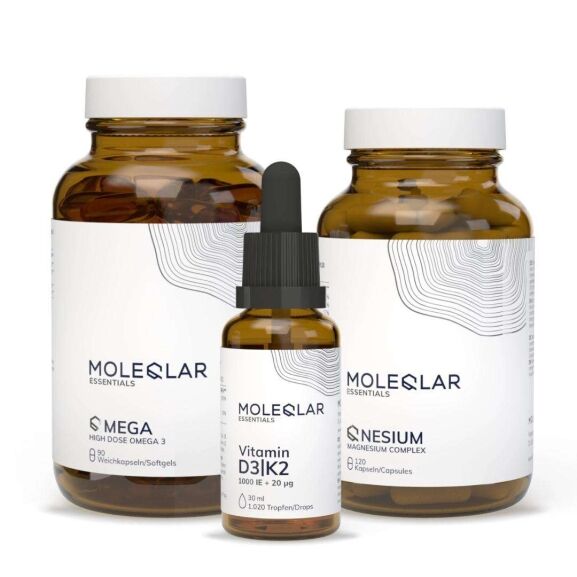




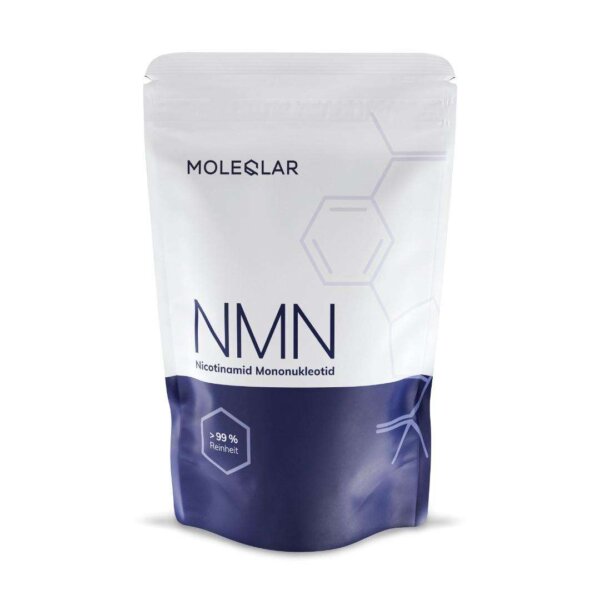
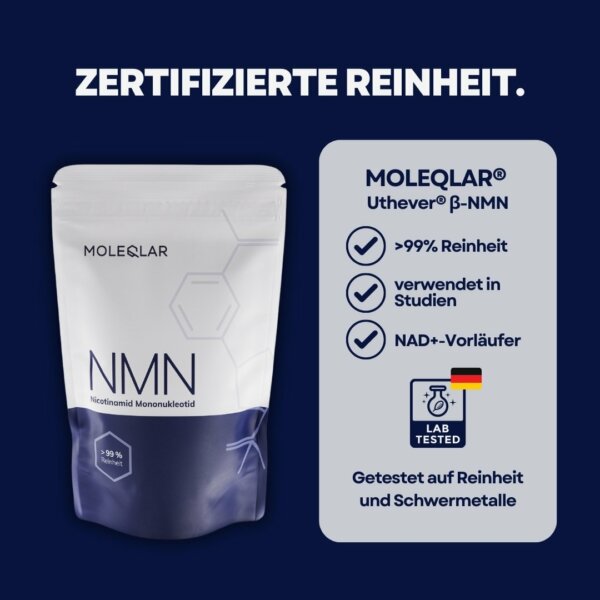
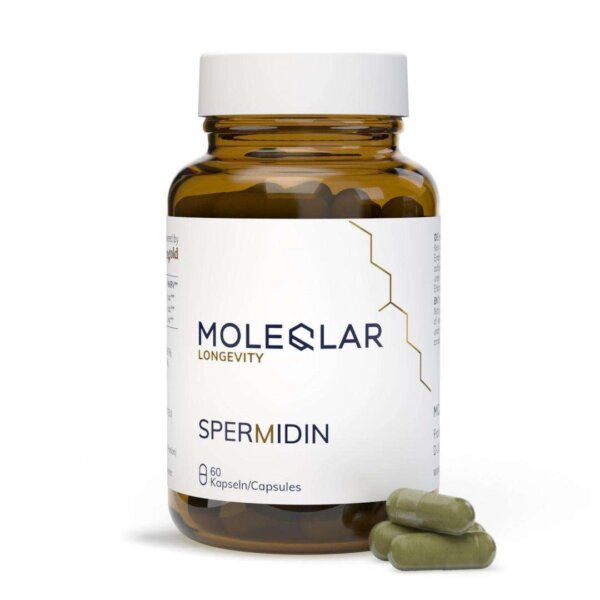
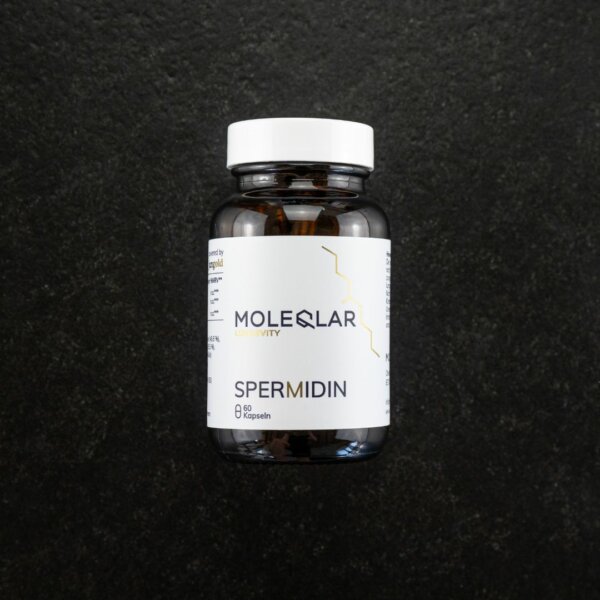
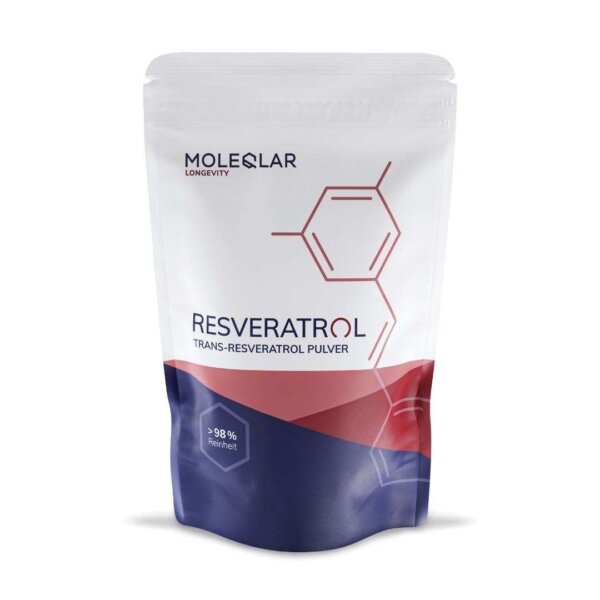
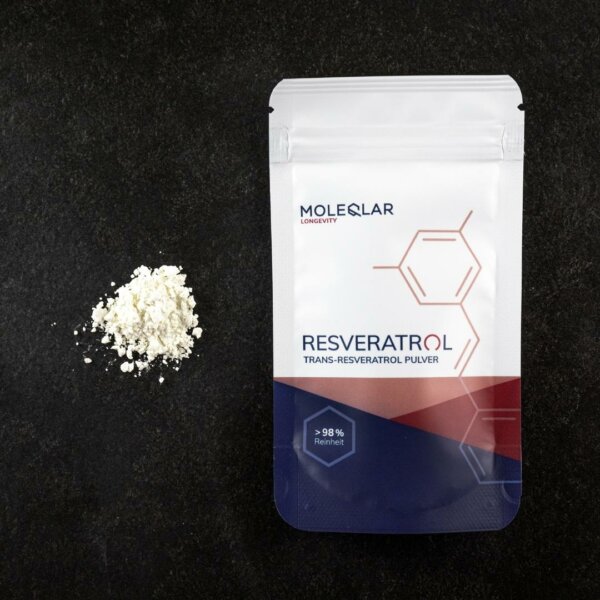
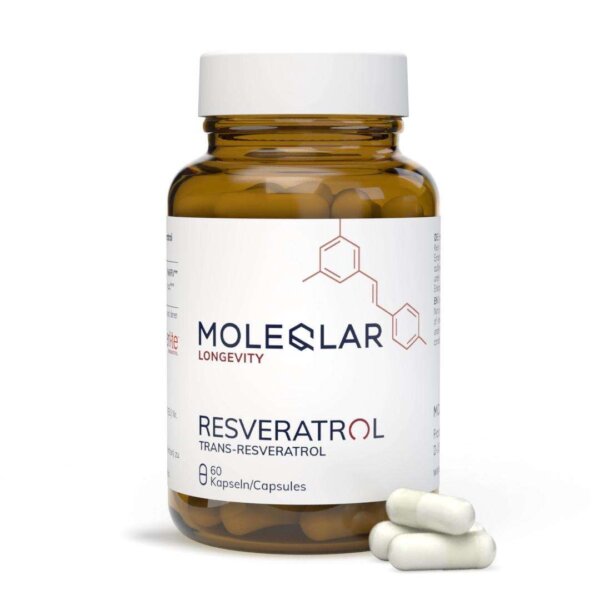



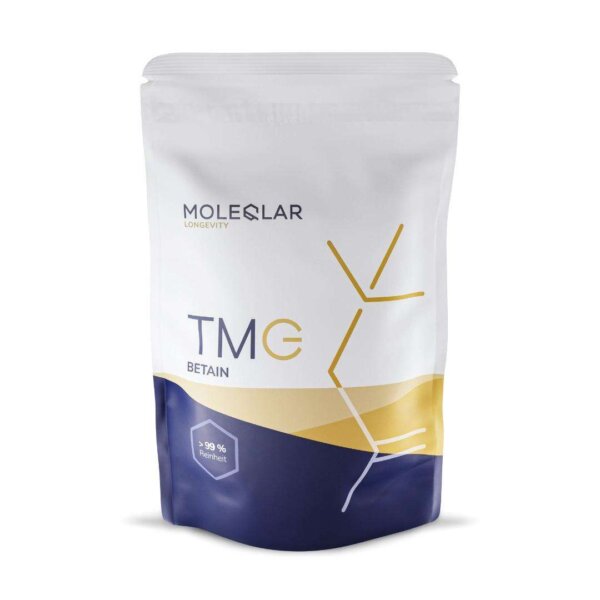
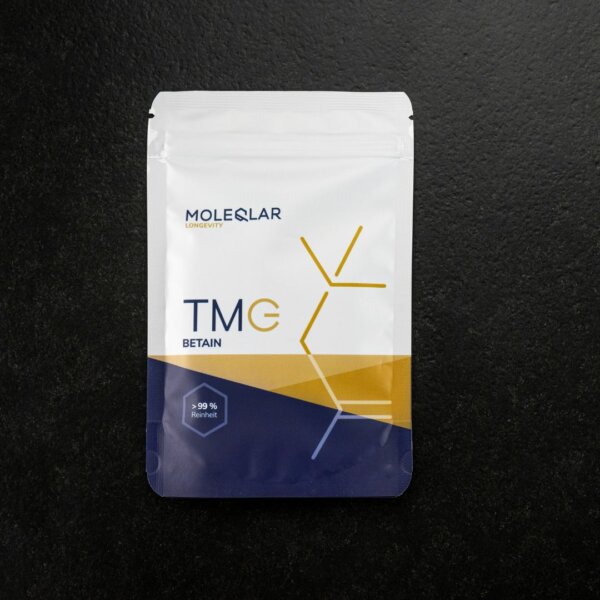
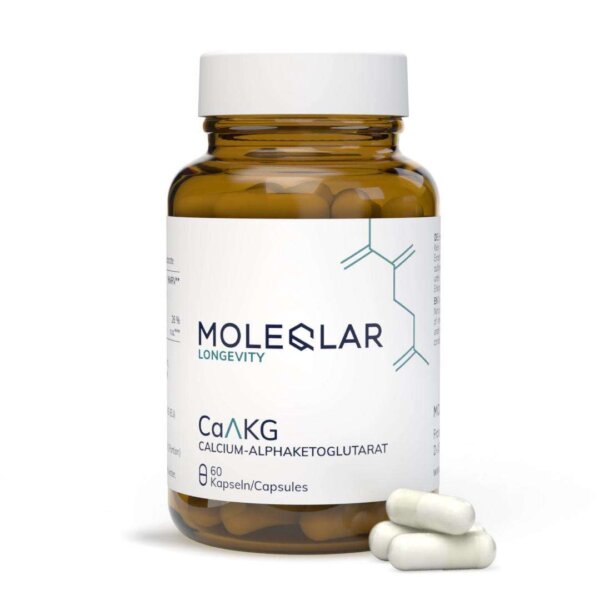
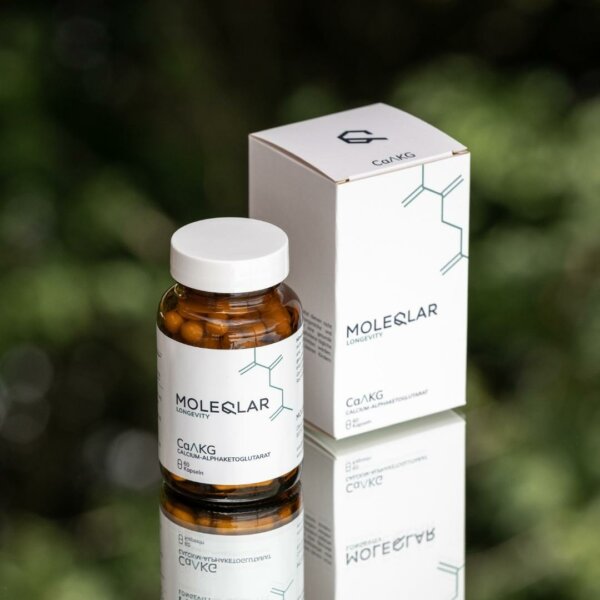
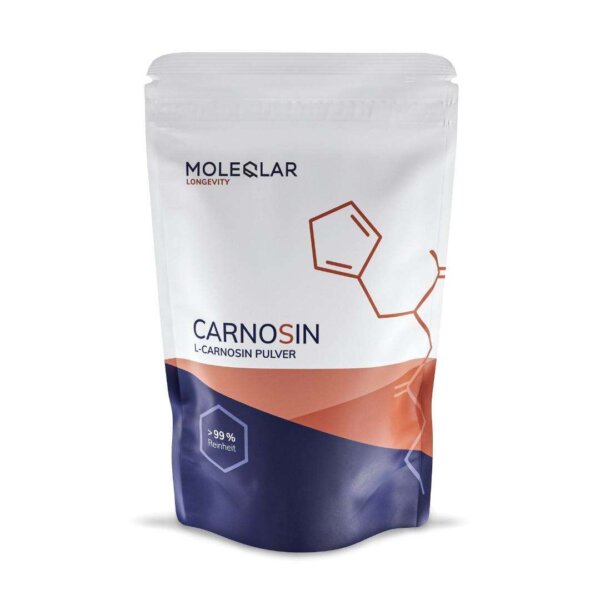
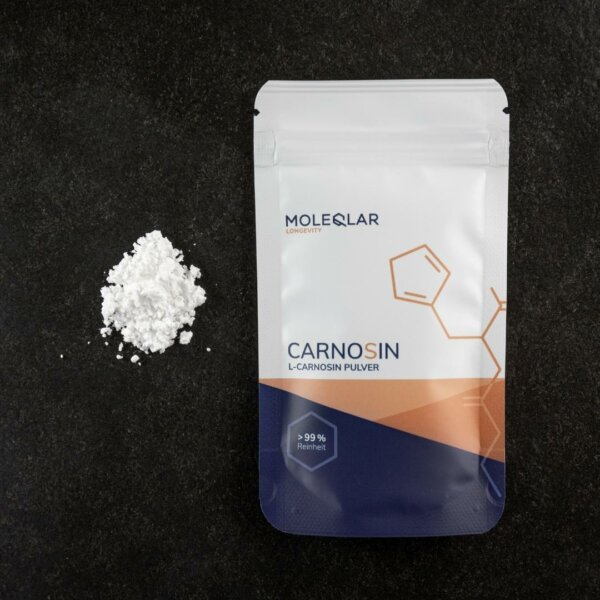
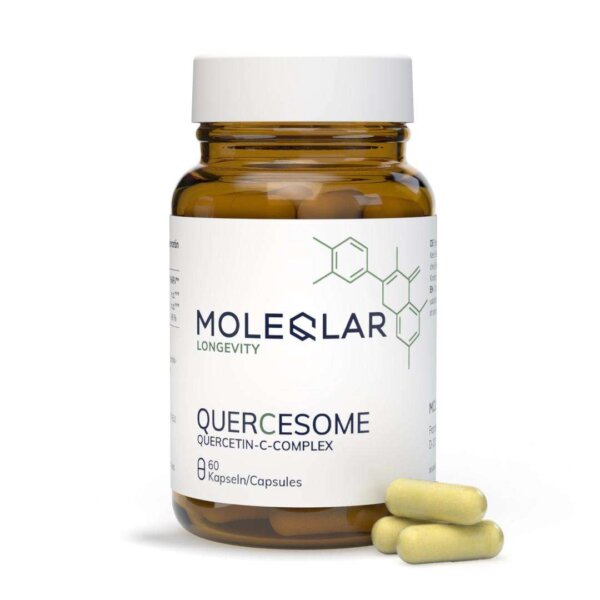
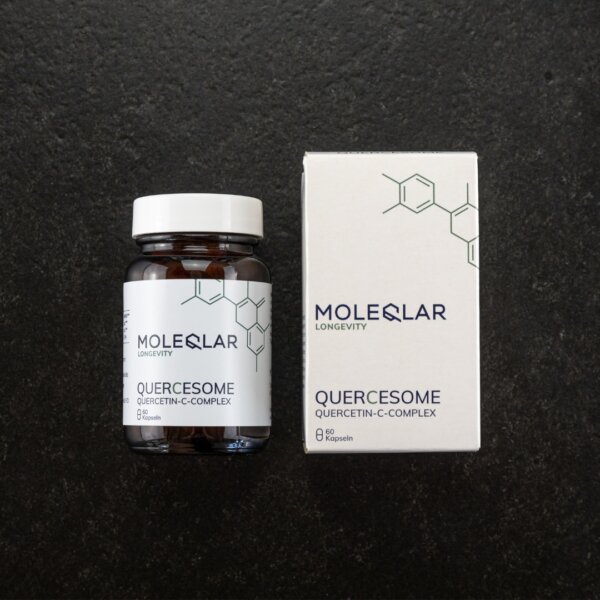
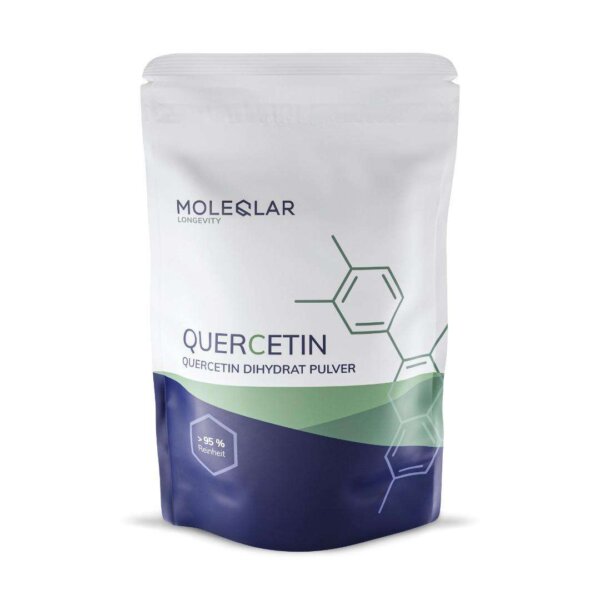
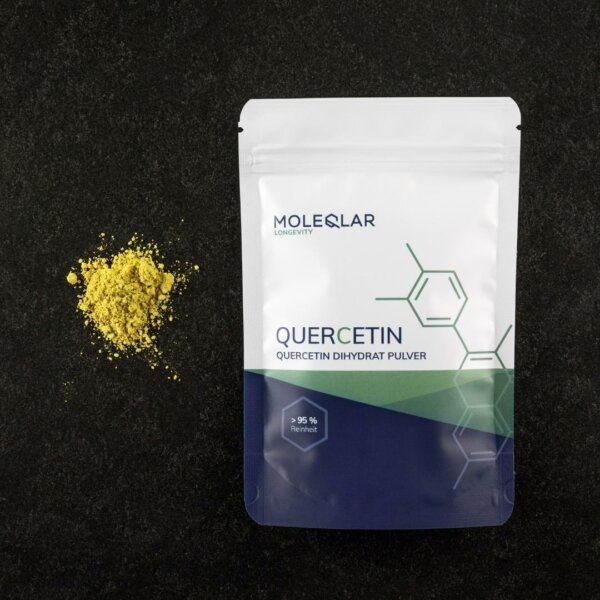
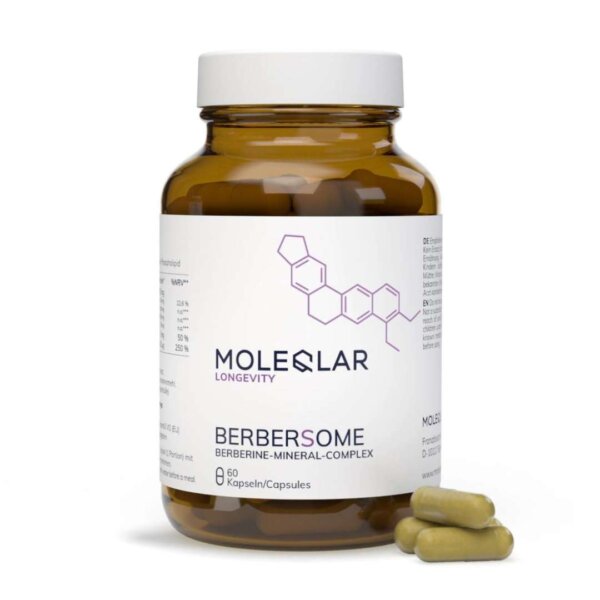

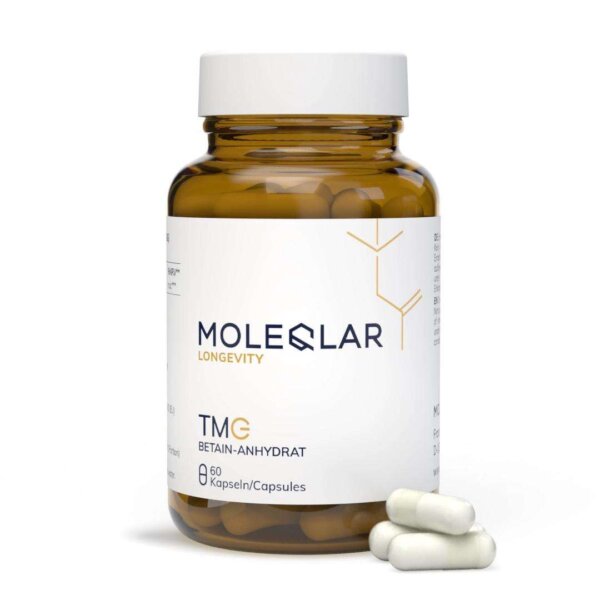
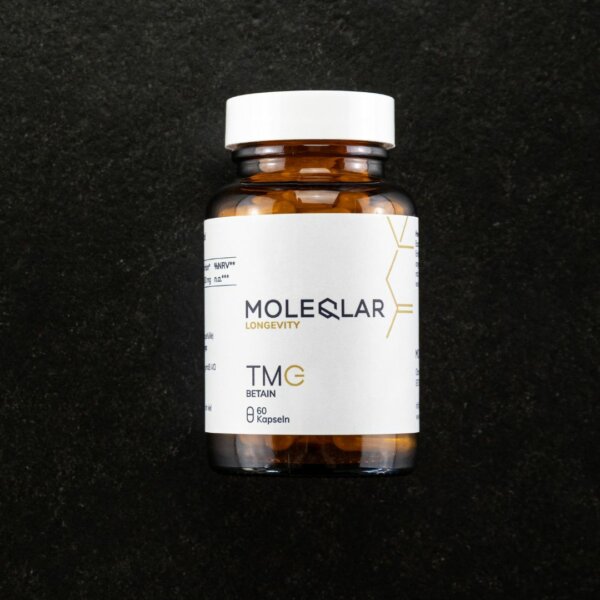
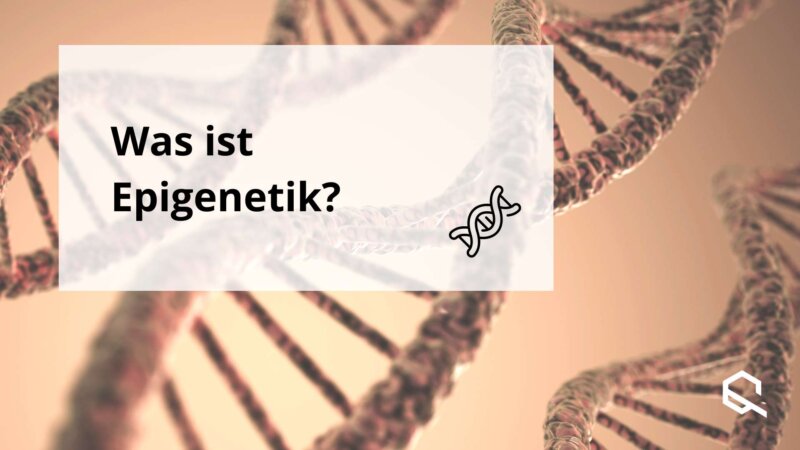
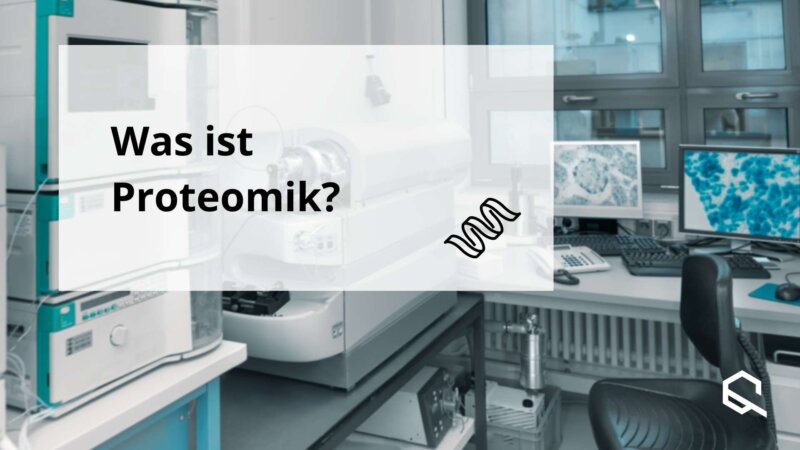






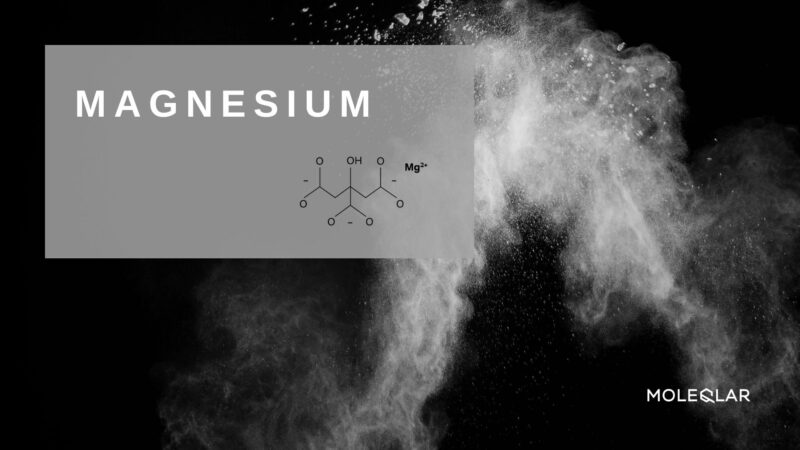



Reviews
There are no reviews yet.